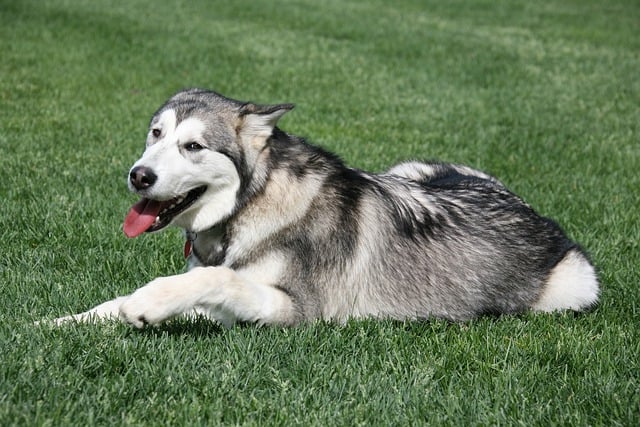
What is glaucoma in a dog?
You might notice your dog squinting more at mealtime or avoiding bright sunlight—these small changes could be early signs of a serious eye condition.
What is good for dogs' joints naturally? It’s a question that creeps into every new dog owner’s mind when they notice their pup hesitating to jump on the couch or limping after a long walk. Last month, my neighbor in Colorado watched her 5-year-old German Shepherd struggle to climb the stairs, and she immediately started researching supplements—only to get overwhelmed by conflicting advice. Let’s break down what actually works.
A dog’s joints thrive on specific nutrients that support cartilage and reduce inflammation. Glucosamine, a compound found in shellfish, helps rebuild cartilage, while chondroitin keeps it flexible—think of them as the “building blocks” of healthy joints. Omega-3 fatty acids, found in fish oil, calm inflammation, which is why vets in Texas often recommend them for arthritic Labs. But these work best when paired with movement: gentle exercise keeps joints lubricated, like how a door hinge needs use to stay smooth. My cousin’s Golden Retriever, who loves slow walks in Arizona’s early mornings, has maintained strong joints well into her senior years thanks to a diet rich in these nutrients and daily 20-minute strolls.
Incorporating these naturally starts with food. Add a spoonful of plain, unsalted bone broth to their meals—store-bought works, but my friend in Seattle makes her own by simmering chicken bones for 8 hours. It’s packed with glucosamine. For small dogs like Yorkies, sprinkle a little ground flaxseed (rich in omega-3s) on their kibble. Avoid cooked bones, though—they splinter and can damage their throat. Exercise-wise, opt for low-impact activities: swimming is perfect for large breeds like Great Danes, as it works muscles without straining joints. If you live in a Chicago apartment, play gentle fetch in the hallway instead of roughhousing on hard floors.

Let’s cover responsible ownership basics. First, keep vaccines current—rabies shots are legally required in all 50 states, and groomers in California won’t accept unvaccinated dogs. When out walking, always carry poop bags—I saw someone in Portland fined $120 last month for skipping this, and it’s just respectful. Remember, if your dog resists slow walks or joint-friendly exercises, never force them. Use treats to encourage movement—trainers in Florida swear by positive reinforcement. My neighbor’s Pug now trots happily to the park when he sees the “joint treat” (a glucosamine-rich biscuit) in her hand.
Community living means being considerate. If your dog has joint pain, avoid rough play at the dog park—no wrestling with energetic pups that might knock them over. Choose grassy areas over concrete for walks, as hard surfaces jar joints more. And if you’re using supplements, check with your vet first—some interact with medications. A guy in New York City once gave his dog too much fish oil, leading to loose stools, which taught him to consult a professional first.
In short, natural joint support combines the right nutrients, gentle exercise, and patience. With consistency, you can help your dog stay mobile and happy, whether they’re chasing squirrels or just napping comfortably on the couch.

You might notice your dog squinting more at mealtime or avoiding bright sunlight—these small changes could be early signs of a serious eye condition.

Let’s set the scene: It’s a sweltering Phoenix afternoon—105°F outside—and you rushed your 2-year-old Lab mix, Cooper, on a quick walk to “get it over with.”

Let’s get real: You’re in your Miami apartment, watching your 3-year-old Corgi, Loki, struggle to climb the stairs to your second-floor unit.

Many dog owners brush off occasional scratching as just “dog behavior,” but persistent itching often signals something more—like a food allergy.

You might first notice your dog scratching more than usual—chewing at their paws until the fur looks thin, or rubbing their face against the couch nonstop.

Let’s be real: You’re standing in your Chicago apartment, watching your 3-year-old Beagle, Max, huff and puff just to climb onto the couch.